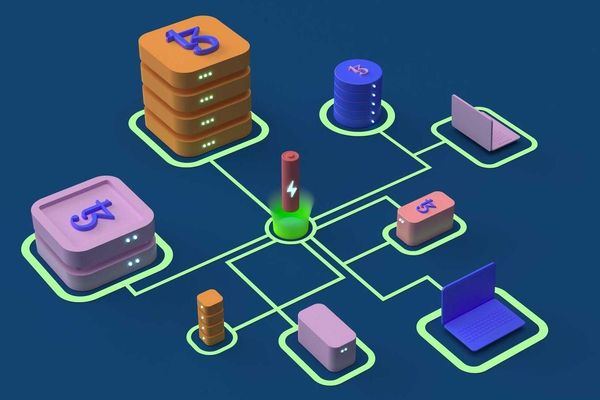A Deep Dive into the Issue of Double Baking and Double Endorsing
You've heard of baking, but have you heard of 'double baking'? Computer security consultant Roland Dowdeswell and Chris Pinnock, head of IT at the Tezos Foundation explain all.
300 words, 2 minute read

Photo by / Unsplash
You probably already know that the terms ‘mining’ and ‘miners’ aren’t used in relation to the Tezos network. Instead, validators are known as ‘bakers’, and the process of signing and publishing blocks to the Tezos blockchain is called ‘baking’. If you’ve ever wondered why the Tezos ecosystem is rife with bread-based puns, there’s your answer.
So you’ve heard of baking, but have you heard of ‘double baking’? Double baking is when the same baking account is used to sign two different blocks, but at the same level and the same round. Double endorsing is when the same baking account is used to endorse two different blocks at the same level and same round.
Double baking can be caused accidentally, maliciously, or (theoretically) through a malfunction of the baking software. When it happens, a temporary fork is created in the chain, which splits the network - a rare and fixable problem, but one that isn’t great for the overall health of the blockchain.
In a post on Tezos Commons, computer security consultant Roland Dowdeswell and Chris Pinnock, head of IT at the Tezos Foundation, explain the issues of double baking and double endorsing on Tezos, and document a new version of the Remote Signer, originally developed for use by the Tezos Foundation, which prevents the signing of two blocks at the same level.
The article is technical and highly detailed, but well worth a read if you want to gain a deeper insight into some of the technical aspects of baking on Tezos.